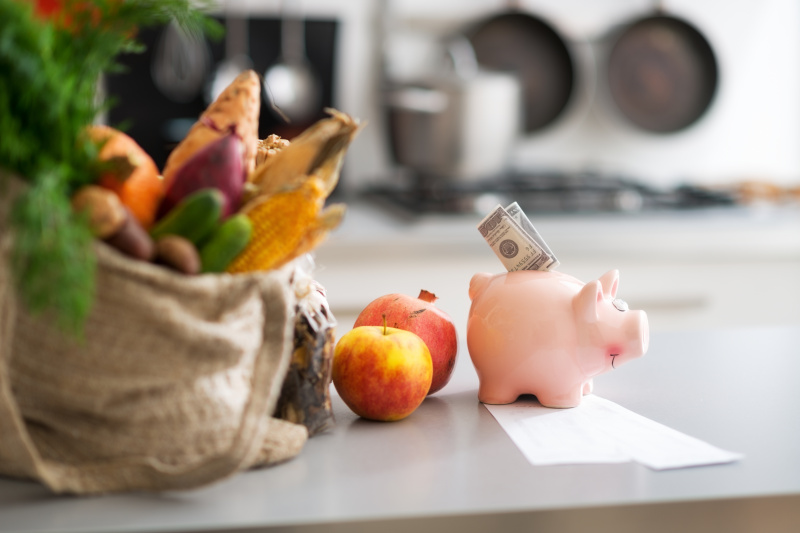Food is a major expense in any household, and for those on a tight budget, a few dollars saved can make a big difference. ChooseMyPlate.gov offers 10 tips based on planning and smart shopping to help you feed your family while keeping more money in your wallet.
1. Plan, plan, plan. Before you head to the grocery store, plan your meals for the week. Include meals like stews, casseroles or stir fries, which “stretch” expensive items into more portions. Check to see what foods you already have, and make a list for what you need to buy.
2. Get the best price. Check the local newspaper, online and at the store for sales and coupons. Ask about a loyalty card for extra savings at stores where you shop. Look for specials or sales on meat and seafood, which are often the most expensive items on your shopping list.
3. Compare and contrast. Locate the “unit price” listed on the store shelf directly below the product. Use the price to compare different brands and different sizes of the same brand to determine which is more economical.
4. Buy in bulk. It’s almost always cheaper to buy foods in bulk. Smart choices are family packs of chicken, steak, or fish and larger bags of potatoes and frozen vegetables. Before you shop, remember to check if you have enough freezer space to store the extra food.
5. Buy in season. Buying fruits and vegetables in season can lower the cost and add to the freshness. If you aren’t going to use them all right away, buy some that still need time to ripen.
6. Ditch the convenience costs. Convenience foods like frozen dinners, pre-cut vegetables, and instant rice, oatmeal, or grits will cost you more than if you were to make them from scratch. Take the time to prepare your own, and you’ll save.
7. Choose cheaper. Certain foods are typically low-cost options all year round. Try beans for a less expensive protein food. For vegetables, buy carrots, greens or potatoes. As for fruits, apples and bananas are good choices.
8. Cook once to eat all week. Prepare a large batch of favorite recipes on your day off (double or triple the recipe). Freeze the portions in individual containers. Use them throughout the week, and you won’t have to spend money on take-out meals.
9. Get your creative juices flowing. Spice up your leftovers by using them in new ways. For example, try leftover chicken in a stir fry or over a garden salad, or use it to make chicken chili. Remember, throwing away edible food is throwing away your money.
10. Be savvy at restaurants. Eating out can be expensive. Save money by getting the early bird special, going out for lunch instead of dinner or looking for “2 for 1” deals. Stick to water instead of ordering other beverages, which add to the bill.


